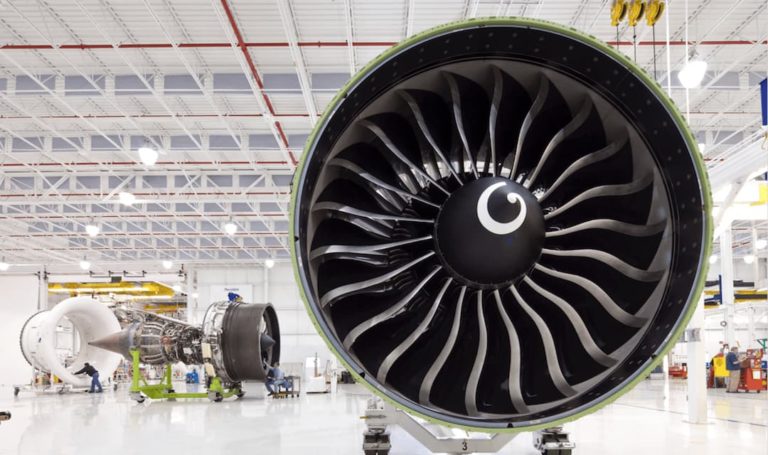
Though we spend ample time examining consumer-based AR endpoints, greater near-term impact is seen today in the enterprise. This takes many forms including camera commerce and collaboration. But the greatest area of enterprise AR impact today is in industrial settings.
This includes AR visualization to support assembly and maintenance. The idea is that AR’s line-of-sight orientation can guide front-line workers. Compared to the “mental mapping” they must do with 2D instructions, line-of-sight support makes them more effective.
This effectiveness results from AR-guided speed, accuracy and safety. These micro efficiencies add up to worthwhile bottom-line impact when deployed at scale. Macro benefits include lessening job strain and the “skills gap,” which can preserve institutional knowledge.
But how is this materializing today and who’s realizing the above enterprise AR benefits? Our research arm ARtillery Intelligence tackled these questions in its report: Enterprise AR: Best Practices & Case Studies, which we’ve excerpted below, starting with GE’s AR deployment.
Enterprise AR: Best Practices & Case Studies, Volume 1
High Stakes
Mistakes can be costly when building aircraft engines. For that reason, aerospace companies put a tremendous level of emphasis on quality control. GE Aviation is one such company, subject to lose millions of dollars each year to errors in engine assembly and maintenance.
Those losses result specifically from lost productivity, time to fix mistakes, and other delays. You can think of aircraft engine work as a very complicated assembly line where any hiccups in one part of the process have ripple effects on interrelated operations and processes.
Beyond cascading delays, a more costly factor is assembly errors that aren’t detected until customers receive them. In these cases, repair costs are elevated due to the need to dispatch professionals to the customer’s location, not to mention the intangible hit to customer satisfaction.
Enterprise AR: Opportune But Underbaked
Right the First Time
One error-prone area for GE is with B-nuts. These provide the necessary seal in aircraft engine-fluid lines to ensure proper flow and containment. This seal requires a specific level of torque: If it’s too loose or too tight, it can lead to many of the above costly scenarios.
Given this ongoing pain point, GE went in search of technology that can empower mechanics to get it right the first time. AR became a logical answer given its line-of-sight annotations that could guide mechanics in various ways. Working with Upskill, it devised a system.
Specifically, GE used Upskill’s Skylight AR platform and Google Glass Enterprise Edition. These tools were then integrated with standard Wi-Fi-enabled torque wrenches. Altogether, mechanics get guided and intuitive instructions to help them verify torque levels.
For example, as mechanics come to the stage when they need to use the torque wrench, the Skylight software – through Google Glass EE – verifies the torque level through color-coded indicators. Once the correct torque is matched, the mechanic can move on.
Case Study: CareAR Streamlines Enterprise Service Management
Chain of Custody
Beyond torque optimization, AR supports GE mechanics in a broader sense. For example, common FAA-approved assembly procedures tell mechanics to leave the engine and walk to a table or monitor to check how their work lines up with corresponding instructions.
AR line-of-sight instructions and videos conversely put the information closer to its relevant location. That not only means less cognitive load and more accuracy, but greater speed and efficiency. Mechanics can also utilize Google Glass’s camera to invoke live remote support.
Speaking of the camera, this provides another point of value: tracking. By tracking mechanics’ work, GE holds greater analytics and reporting. That can be for its own ongoing systems optimization or to keep detailed engine maintenance files for the chain of custody.
Avoiding Industrial AR’s Biggest Barriers
Proof Points
To reiterate a point made earlier in this report, AR is successful when it’s used to guide complex tasks versus training employees. Complex guidance such as aviation assembly is a good example of that – reducing “cognitive load” and therefore mistakes.
Beyond theoretical benefits, there are quantifiable results. GE’s Initial deployment achieved 8-11 percent efficiency improvements in terms of time to task completion. In some cases, it achieved 38-minute completions, down from 51 minutes — a 25 percent improvement.
Mechanics are also importantly sold on these benefits of AR. 60 percent of participants indicated that they preferred using AR to traditional methods. As we’ve examined, this end-user buy-in is a critical component of any enterprise AR deployment. Without that, it usually fails.
As for financially-oriented bottom-line results for all of the above, GE analyzed the efficiency and accuracy gains in light of its full-scale operations, and deduced that it can save several millions of dollars. This is far greater than its deployment costs, signaling a worthwhile ROI.
“We believe that Skylight with Glass has the potential to be a real game-changer in terms of its ability to minimize errors, improve product quality, and increase mechanic efficiency,” GE Aviation Manager Ted Robertson said.
We’ll pause there and circle back in the next installment with another enterprise AR case study…

